
Scott Pilgrim’s Finest Hour (Oni Press, $11.99)
By Devon Sanders
It’s done.
What many would consider one of the most influential comics of a very young 21st century will soon be in your hands. It will fulfill its purpose and it will be read and ultimately be… done. Over the course of six years and six original graphic novels, we’ve watched our young protagonist’s quest for maturity, love & coins. Along the way we were witnessed him live his precious little life and take on the world, while along the way, experiencing infinite sadness only to get it together in time enough to take on the universe. It has all lead to this; the turn of that final page and Scott Pilgrim’s Finest Hour.
Scott Pilgrim just needs to do it ’cause it ain’t getting done by laying on the couch. Whatever “it” is. Grieve. Find a new girl. Have sex with someone. Anyone. Get a job. Fight the last of ex-girlfriend Ramona Flowers’ evil exes, Gideon Graves. Just do… something. Anything. Just… face “it.” Ramona might not be coming back. Can Scott Pilgrim get out of his own way long enough to experience his finest hour?
Over time, writer/artist Bryan Lee O’Malley with every line of ink and dialogue has created something worth celebrating. O’Malley has somehow managed to craft a consistent wonderful balance of fun, thought, imagination and pure soul within his work that shows in just about everything. From the character design to page layout, it’s apparent the consideration O’Malley gives over to each page’s composition and with the refinement of his line. Just as surely as Gotham is a thing occupied and associated with a man dressed as a bat, O’Malley has managed to acquaint us with the mind and more so, the heart of Scott Pilgrim. With each volume, the Scott Pilgrim series has gone from something simply you could read to something that must be read to be experienced.
So, yeah, it is done. There will be no more evil exes to kick him around. As an avowed fan of all things Scott, I am sad to it come to an end. I will miss looking forward to the next Scott Pilgrim release. I, like many, became invested in this character and his world and I will be sad to see them go. His tale is told and done. In his “Finest Hour,” we find our kid done and as always done quite well.





 Blackest Night (Hardcover)(DC, $24.99)
Blackest Night (Hardcover)(DC, $24.99)
Green Lantern: Blackest Night (Hardcover)(DC, $29.99)
Green Lantern Corps: Blackest Night (Hardcover)(DC, $29.99)
by Graig Kent
I had to be honest with myself, a little over a year ago when the first issue of Blackest Night hit the stands, I was no longer the DC fan/fanatic I used to be. Until 2009, I had bought into every major “EVENT” DC put out, from Legends to Invasion, from Armageddon 2001 to Bloodlines, from Genesis to DC 1,000,000 (okay, maybe not Genesis), from Infinite Crisis to Final Crisis… that’s 23 years, of (virtually) annual events, and I was exhausted. The quality wavered from mind-blowing to boring and I never knew what I were going to get, nor how I would really feel about it until it was all over. Was it actually an EVENT, a real game-changer? Or was it just a big cash grab? Though I emphatically loved Final Crisis, Blackest Night‘s predecessor, it was the final nail in the coffin, the can that the goat choked on, the blisters that made you throw your shoes away… it burned me out. I think I believed it would be the “final crisis”, or perhaps after 20-plus years I hoped it would be. I just couldn’t face YET. ANOTHER. EVENT. But months later there was Blackest Night and I could care less…
… or that’s what I told myself anyway. Over the past year, I’d read countless reviews and blog posts and spoilers and recaps about the series, not to mention the smattering of DC monthly titles I collect that the EVENT crossed-over into, nor the copious comic-shop talk I encountered, and while I still couldn’t say I was excited, I was (finally) intrigued. And so I told myself, I would wait for trade. That time has come.
The conceit of this EVENT was fairly simple: the dead shall rise and torment the living. Yes, there’s more to it than that, but that is the basic premise and it’s easy and accessible enough to buy into. How do the heroes handle it when their dear, departed friends pull themselves out from their graves and remind them of their greatest failures? But for all the drama this creates, there has to be a purpose, and writer Geoff Johns does have a method to this madness… the dead are feeding on the emotions they stir up in the living, and in turn they are charging a central power battery, which will empower the story’s “Big Bad” to universe-threatening levels. So, you know, the heroes really do have something to fight against (and for), and Johns skillfully escalates the threat level.
Where things get complicated is where any EVENT gets complicated. For a story to have any meaning or focus it has to be grounded in character, and with EVENT books, the (multiple) characters they use are invariably decades old with tomes of history behind them, thus one’s ability to connect with the story is almost directly related to their familiarity with the characters. I think Johns does a surprisingly good job at doling out the background information on central figures like the Flash and the Atom to bring new readers up to speed, but some of the minor players, like Firestorm or Damage may have next to no resonance with unfamiliar readers.
Where Blackest Night explicitly gets complicated is in its connection to the larger Green Lantern arc Johns has been building since he resurrected Hal Jordan half a decade ago. Over the years, Johns has introduced the concept of the “rainbow” lanterns, creating seven additional lantern corps, each with its own associated tie to a specific emotion. Where green is willpower, red is rage, yellow is fear, blue is compassion, etc. It can get a bit dizzying for the uninitiated, but I think Johns does well to provide as much clarity along the way without stopping the momentum dead in its tracks.. This EVENT serves as an extension of the story of these new lantern corps, as well as Johns’ retro-fitting DC history when it comes to the Guardians of the Universe and Sinestro, amongst other things. If you’ve been following Johns’ Green Lantern series, this EVENT is a HUGE payoff, much bigger than the Sinestro Corps War mini-event that preceded it. At the same time Johns uses the EVENT to reaffirm the just-resurrected Barry Allen as THE Flash in the DCU. I’m not a Barry Allen fan, but I think he did an incredible job.
Green Lantern arc Johns has been building since he resurrected Hal Jordan half a decade ago. Over the years, Johns has introduced the concept of the “rainbow” lanterns, creating seven additional lantern corps, each with its own associated tie to a specific emotion. Where green is willpower, red is rage, yellow is fear, blue is compassion, etc. It can get a bit dizzying for the uninitiated, but I think Johns does well to provide as much clarity along the way without stopping the momentum dead in its tracks.. This EVENT serves as an extension of the story of these new lantern corps, as well as Johns’ retro-fitting DC history when it comes to the Guardians of the Universe and Sinestro, amongst other things. If you’ve been following Johns’ Green Lantern series, this EVENT is a HUGE payoff, much bigger than the Sinestro Corps War mini-event that preceded it. At the same time Johns uses the EVENT to reaffirm the just-resurrected Barry Allen as THE Flash in the DCU. I’m not a Barry Allen fan, but I think he did an incredible job.
The Blackest Night mini-series was originally eight, forty-page issues, and in this Hardcover they’re all assembled, in addition to the prologue and a fun, if frivolous and largely self-congratulatory “creator commentary” on the series, all for a cost which is less than buying the original 8 issues outright, so that’s a bonus. Though I never thought I’d say this about an EVENT, reading the hardcover by itself, it felt too short, too briskly paced. I followed up the main EVENT hardcover with Green Lantern: Blackest Night, which easily corrected that problem. If I were to make a suggestion to the publisher, it would be to reprint these in order, so that the Blackest Night issues alternate with the Green Lantern issues, as they really are symbiotic, the two parts are needed to be whole. As a reader, I would recommend buying both, and, though awkward, read the story alternating between the two volumes.
Johns was extremely fortunate to have beyond incredible collaborators on both series, in every department from art to editor, but visually Ivan Reis on Blackest Night and Dough Mahnke on Green Lantern dish out some drool-inducing pieces. The artistic accomplishment of Blackest Night cannot be undervalued. For what is essentially a big-budget popcorn read, Reis put his soul into his illustrations, and didn’t just tell the story, he constructed, deconstructed and reconstructed it on the page. The “creator commentary” offers some hints as to the level of investment Reis put into his pencils, but it’s still I think undervalued. From the “widescreen” panels to the copious (yet not at all egregious) two-page spreads, its absolutely eye-popping. Mahnke, over on Green Lantern doesn’t slouch either, presenting an equally vibrant and enthralling visual experience.
I can’t say I don’t have quibbles with the EVENT. For instance, the death scene of Hawkman and Hawkgirl and the death scene of Firestorm’s girlfriend hit the exact same note, complete with the cliche of the interrupted “I lov…”, as well as the fact that this EVENT doesn’t so much as end as tease its continuing story in the Green Lantern titles, and Brightest Day amongst other limited and ongoing series DC is now offering, but these kinds of things can be overlooked, when the power and entertainment derived from the reading experience is so high. I’m almost ashamed to admit it, given my initial reluctance, but this is a contender for my favorite EVENT ever.
 You may notice that there’s a third harcover noted up top which I haven’t mentioned much in this review. That’s because Green Lantern Corps: Blackest Night isn’t an integral part to enjoying the EVENT, not that it doesn’t provide its own entertainment, it’s just that GLC:BN is much more character-focussed and less arc-driven than the other two trades it appears along-side. Written by Peter J. Tomasi and illustrated by Patrick Gleason, it’s a solid read, rife with both action and melodrama, paired with some generally dynamic visuals that somehow pale next to the other two books. There’s very little that occurs in GLC:BN that has a direct impact on the main story, so in that regard its recommended for fans only.
You may notice that there’s a third harcover noted up top which I haven’t mentioned much in this review. That’s because Green Lantern Corps: Blackest Night isn’t an integral part to enjoying the EVENT, not that it doesn’t provide its own entertainment, it’s just that GLC:BN is much more character-focussed and less arc-driven than the other two trades it appears along-side. Written by Peter J. Tomasi and illustrated by Patrick Gleason, it’s a solid read, rife with both action and melodrama, paired with some generally dynamic visuals that somehow pale next to the other two books. There’s very little that occurs in GLC:BN that has a direct impact on the main story, so in that regard its recommended for fans only.
Blackest Night and Green Lantern: Blackest Night: (together):






(individually):





Green Lantern Corps: Blackest Night




The Death of Dracula 1-shot (Marvel, $3.99)
By Jeb D.
Boy, you look away for a minute… I’ll admit that I don’t read anything close to the entire Marvel line, but I was a huge fan of Paul Cornell’s Captain Britain series, so it was only a year or so ago that I saw his portrayal of Dracula in the great “Vampire State” storyline: kind of your standard Bram-Stoker-by-way-of-Gene Colan fiend in a cape. But today, I pick up this new series, and the King of Vampires is now some Liefeld-esque dude with an anime ponytail, Orhpan Annie eyeballs, and actually bearing a legally uncomfortable relation to the version that appeared in the famously imprint-hopping Sword of Dracula.
Doubtless there’s a story somewhere that would explain this to me, but one thing Marvel has generally been pretty good at is NOT requiring me to read (buy) the entire line to know what’s going on; not their best moment in that regard.
Apart from that, writer Victor Gischler and artists Giuseppe Camuncoli and Onofrio Catacchio whip up a Godfather-like story of lines of succession and warring factions that is dense, action-packed, and does a very impressive job of giving its 39 pages a genuinely epic scale. The dialog veers off into Stan Lee-Shakespearean territory now and again, but since the characterization of Dracula’s warring sons is well-drawn, it’s never distracting. Indeed, there’s an almost medieval feel to the ancient forces involved… which, when you consider it, isn’t a bad way of describing The Godfather, too. The art is appropriately dark and gritty, with slashing changes of mood for the action scenes; at times it has a bit of an 80’s sheen to it (and as I mentioned in the beginning, there’s a bit of Liefeld/Lee/etc in some of the character design), but it’s very well paced.
I always try to consider comics on their own merits: for me to give a strong recommendation, a book needs to be worth your four bucks even if you don’t plan to read what came before or after. I am aware that this is just the first salvo in another upcoming Marvel “event,” which may or may not be worth your time or investment. But on its own, The Death of Dracula is a surprisingly entertaining read.




X-Force: Sex and Violence #1 of 3 (Marvel, $3.99)
By Jeb D.
At first glance, the title of this comic is sufficiently “on-the-nose” that it practically disappears up its own ironic backside. In fact, though, in most superhero comics, the correct phrase would be “Sex AS Violence,” as the conventions of healthy sexual relationships aren’t much explored in the average spandex book, with the physicality of the impossibly endowed participants serving as the sublimation for the beast with two backs.
I don’t know that I’d call the… um… “blossoming” sexual attraction between Wolverine and Domino actually “healthy”… well, actually, in the real world it’d be considered downright deviant (and in the comics world, it might be considered downright ripped-from-the-pages-of-Watchmen). But what happens here (Domino runs afoul of both The Guild of Assassins and The Hand, much slashing and gore ensues, she and Logan survey the resulting carnage and get all hot and bothered) is actually just reducing the arrestedly adolescent view of sex that most superhero comics peddle to a level so simple as to be almost parodistic. In fact, I’m not entirely sure that’s not what writers Craig Kyle and Christopher Yost had in mind. No matter, because whether as hard-boiled action or lumpy satire, the book is elevated to a level the script hasn’t earned by Gabriel Del Otto’s painting. Comics has seen several outstanding painters emerge in the wake of Alex Ross, and none are better at showing the darkness underlying the “iconic” use of the brush than is Del Otto. The story may be trash (and even more smirkingly prurient than it advertises), but it’s carried along at such a breakneck pace by the bloodbath released by Del Otto’s paints ( the first scene is Domino messily disposing of bloody bullets pulled from her body). He also brings the San Francisco setting a kind of foul darkness that Dashiell Hammett might have approved.
I don’t feel particularly comfortable recommending the book, but I suppose, on balance, it’s not much less savory than most superhero comics in its portrayal of the “battle” of the sexes. And the art really does kick much ass.



Steve Rogers: Super-Soldier #1 (of 4)(Marvel, $3.99)
by Graig Kent
Wally West. Dick Grayson. Bucky Barnes. All former sidekicks to legends, each having to deal with the death of their mentors, then adopt their mantles and crawl out of their shadows. Even if the arc to upholding the legacy is predictable, it’s great reading. While wally had a fortunate two decades to define himself as the Flash before death’s revolving door brought Barry Allen back, for both Dick Grayson and Bucky Barnes the comic industry’s short turnaround/”capitalize now!” schedule means becoming Batman and Captain America, respectively, is a prospectively short affair. While The Return of Bruce Wayne is playing out now, Steve Rogers, the original Captain America has already returned, and decided that Bucky is now THE Captain America, which leaves Steve to forge a new path. While he can be seen leading the Secret Avengers there’s still a need to spotlight Steve Rogers as his own identity in this 4-issue mini-series.
“Super-Soldier” is almost a misnomer for the Steve Rogers of this book. “Super-Spy” might be more like it as Steve is far more James Bond than battlefield warrior this issue. Heck, he even shows up in a tuxedo at one point. But the “Super-Soldier” is more about the content of the book than the character, as aspects of Steve’s past, namely his origin, renew their relevance. The grandson of the original super-soldier serum designer has, by all appearances, unlocked the secret once more and is willing to sell it to the highest bidder. Steve, understanding both the personal and global impact isn’t going to let it happen, so off to the great, shameful nation of Madripoor he goes, only to find the situation isn’t all that it appears, and history repeats itself.
Ed Brubaker has been pulling the strings on Captain America for five years now, both Steve Rogers and Bucky Barnes, and shows no signs that he’s running out of ideas or interest in the characters. While Brubaker is capable of some extraordinary storytelling, especially in the crime and espionage realms, this story is fairly straightforward compared to, say, his work on Criminal or even the main Captain America title. But a decent issue from Ed Brubaker is like an exception issue from 80% of the other comic book scribes out there.
Brubaker is joined by Dale Eaglesham, one of comic’s brightest, yet still under-recognized artists. Eaglesham has a very classic sensibility to comic storytelling, with clean lines, uncluttered, precision details and a dynamic, but not overtly flashy layout style. He’s a veteran of both the DC and Marvel universes at this point but has yet to really break big, I think because his art, while very attractive, is unobtrusive. It doesn’t stand it the way of the story, it just tells it beautifully.
There’s nothing landmark about Super-Soldier, but it’s exactly the kind of entertainment we want out of a superhero comic, fun, escapist adventures. In addition to the main story, there’s also a reprint of the classic Simon and Kirby origin of Captain America.




 Batman #701 (DC, $2.99)
Batman #701 (DC, $2.99)
by Graig Kent It’s been a few years now, but I’m pretty much committed to the opinion that Grant Morrison can write Batman for as long as he pleases, and I will continue to buy. Right now we’re lucky enough to have a Morrison Batman glut, with The Return of Bruce Wayne mini-series halfway finished, Morrison’s utterly delightful Batman and Robin monthly, and this the first of his two part look back at the house he built, while tying up some loose ends.
The epic Batman R.I.P. ended with Batman going down in a helicopter explosion with his nemesis Dr. Hurt, but concurrently Morrison was writing the Final Crisis event book wherein Batman was captured by some of the more nefarious New Gods and experimented upon. In the end Bruce Wayne took up arms, and shot Darkseid with a god bullet before being struck himself by the Lord of Apokalypse’s omega beams (never a geekier sentence shall I write). So apparently Batman died twice, and more than a few people were confused. I’m not sure if this was always planned or if it was an afterthought to fulfill fanboy demand, but issue 701 and it’s follow-up present the bridge between R.I.P. and Final Crisis.
It may sound like puffery or a money grab, but after reading it, I see it as essential reading for anyone who liked R.I.P. but felt disappointed or unsure about its conclusion. If anything, for those that have been following the current adventures “New Batman”, it’s a firm reminder about how different Bruce Wayne is from Dick Grayson, especially in Morrison’s hands. With Dr. Hurt returning in the pages of Batman and Robin and the mystery of Bruce Wayne: time traveller unravelling, this equally serves as companion to those story facets. Morrison is a cunning, calculating writer, and his strategy for storytelling tends to be grander scope, the parts working fine on their own but if you can pull out far enough, there’s always a bigger machine he’s constructed. This is the keyhole allowing you a glimpse.







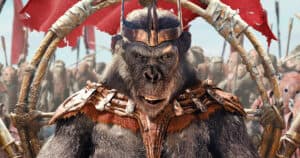


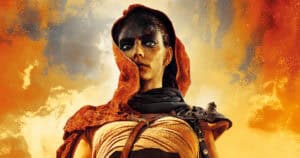
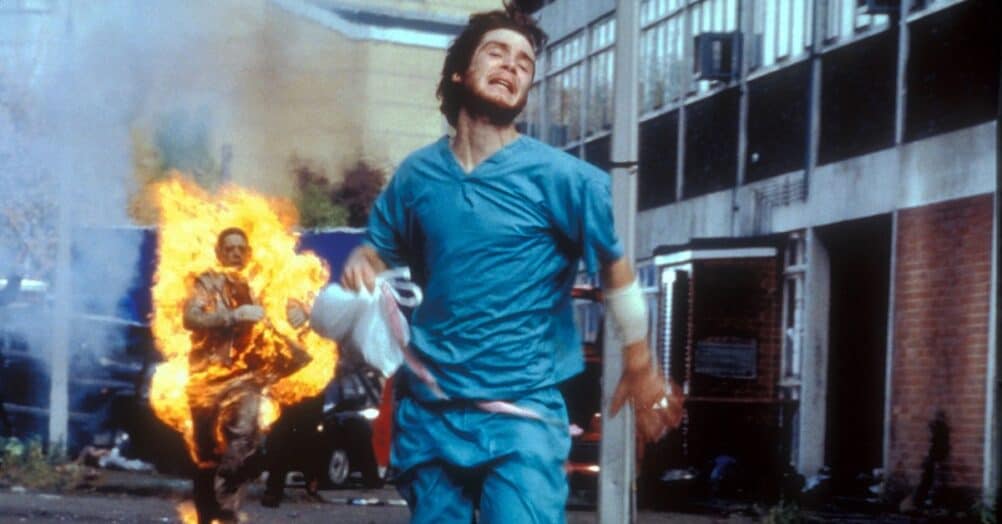
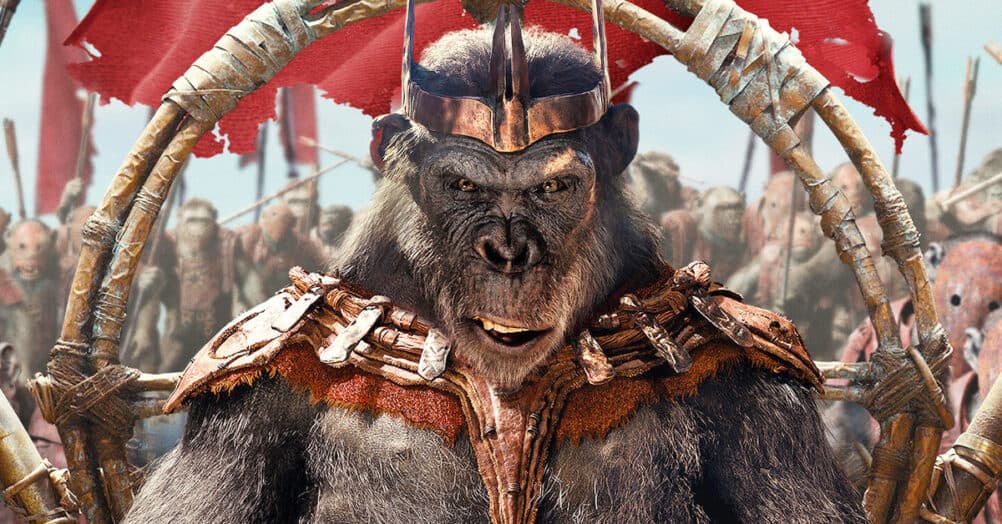


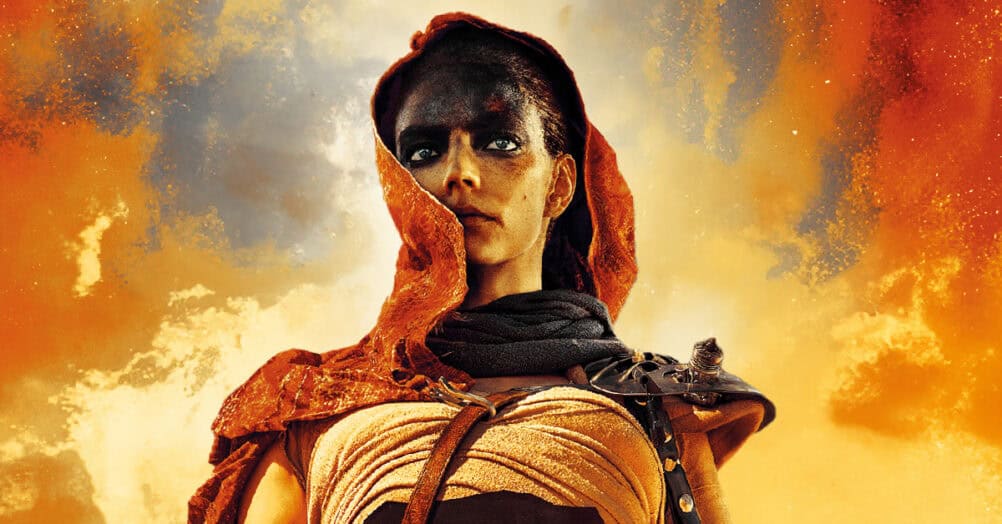
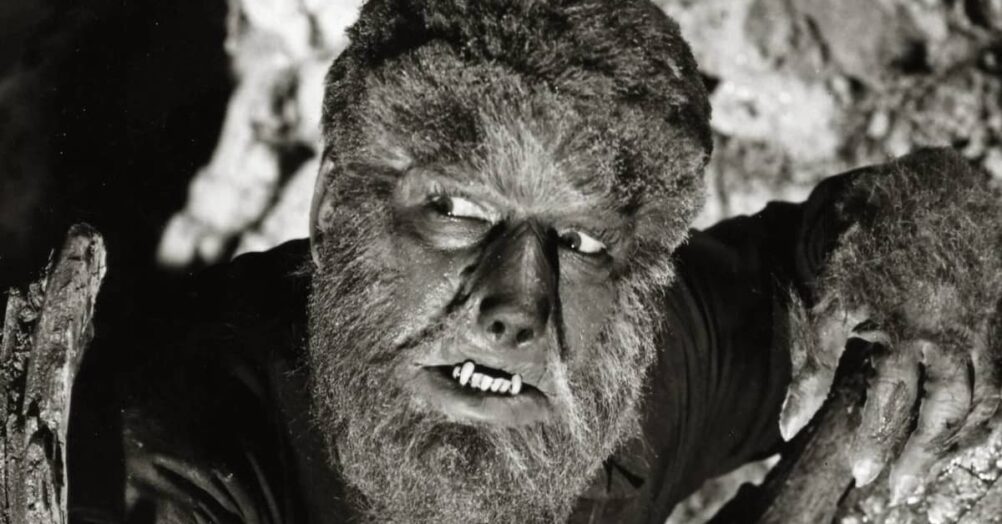
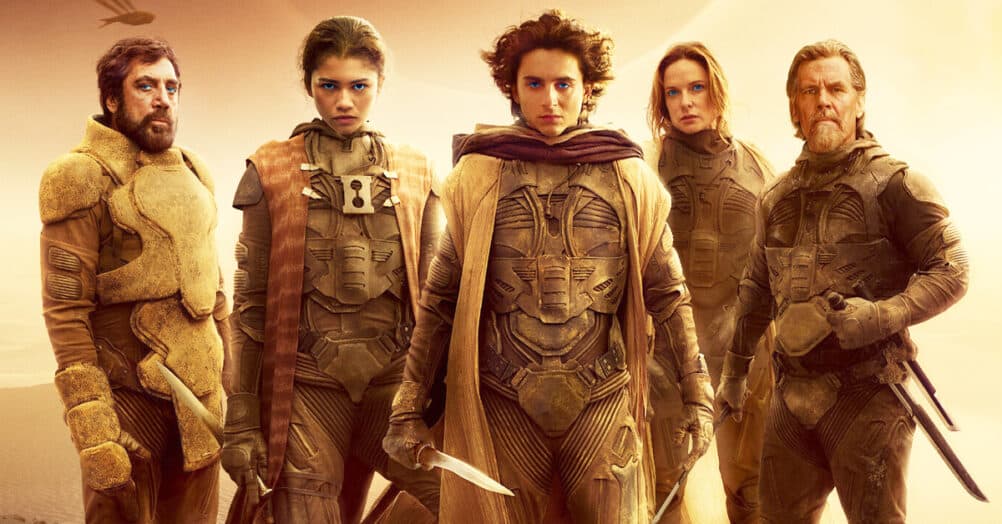
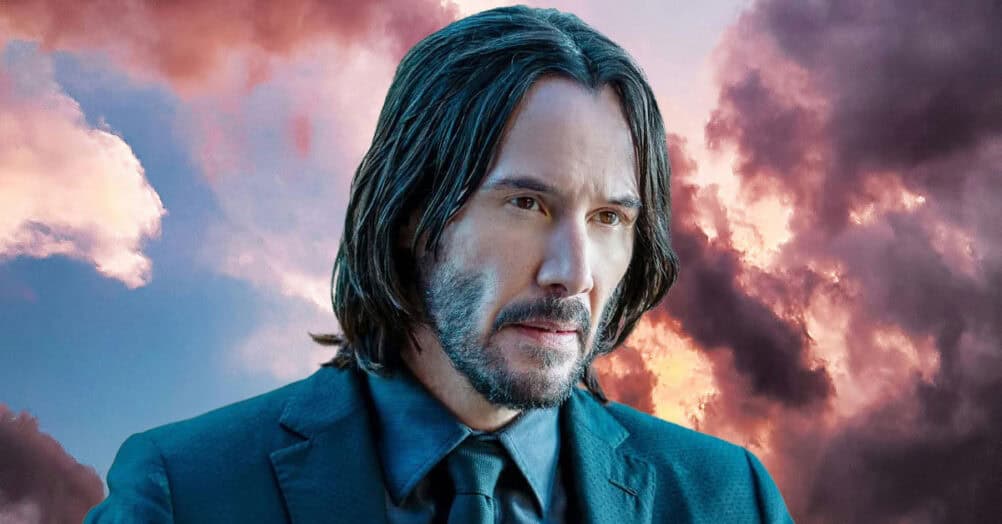
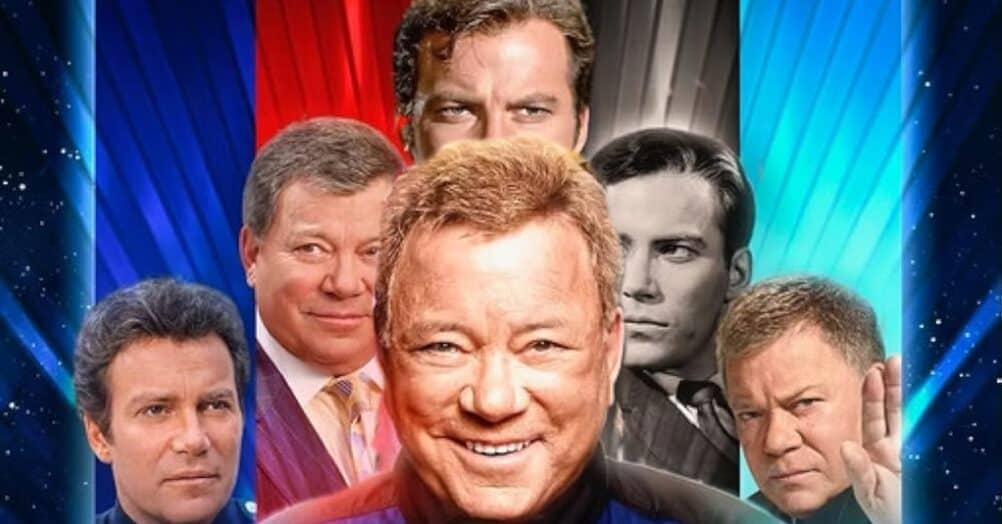
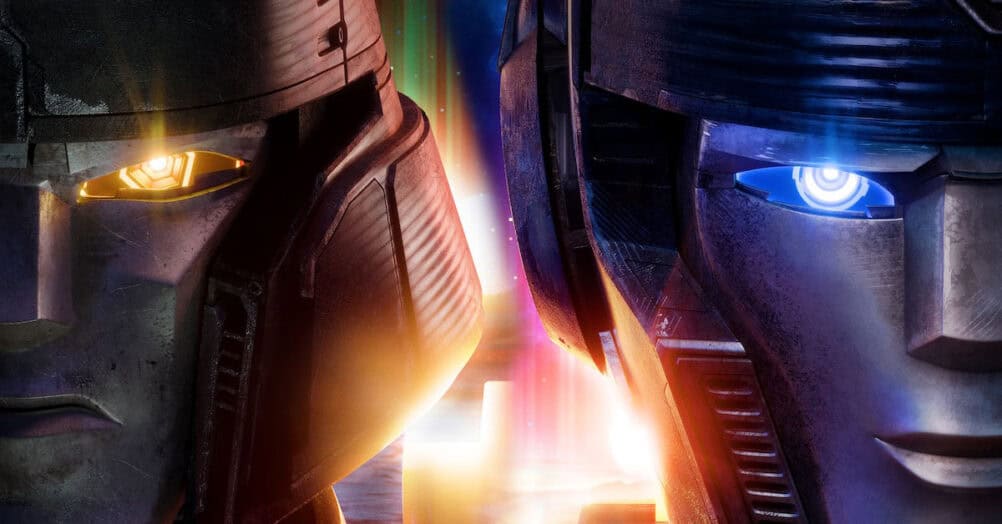
Follow the JOBLO MOVIE NETWORK
Follow us on YOUTUBE
Follow ARROW IN THE HEAD
Follow AITH on YOUTUBE